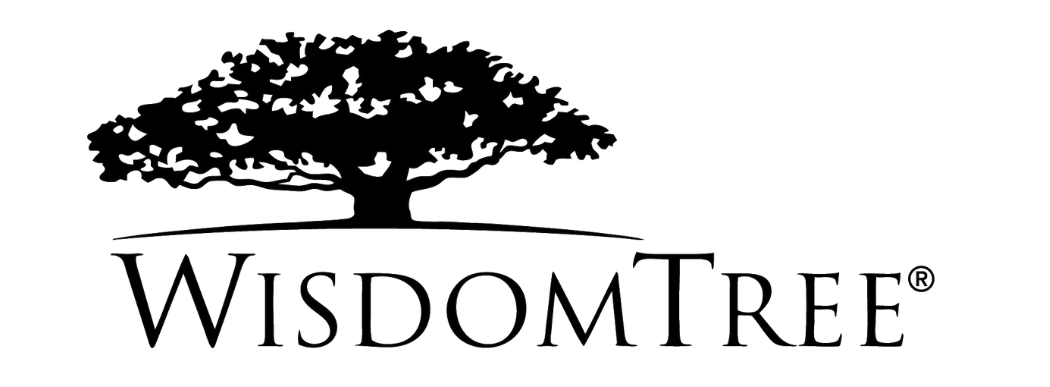In the second instalment of our look ahead at the year, we talk to another range of experts for their view on what we can expect in the world of ETFs in the next 12 months. Below, we feature comments from Nazim Hamid, ETF strategist at WisdomTree, Mark Weeks, chief executive at ETF Securities, Hector McNeil, co-chief executive and founder at HANetf, Gregg Guerin, senior product specialist at First Trust and finally Elisabeth Kashner, director of ETF research, FactSet.
Nizam Hamid, ETF strategist at WisdomTree
The current year is expected to be one where we can finally gauge the impact of rising interest rates in both the Eurozone and US markets. The shift in the Eurozone is particularly important for investors as it coincides with a generally positive macro-economic environment with strong domestic growth expectations. This is likely to benefit strategies that have a quality growth tilt and those focused on more domestic stocks, such as small cap stocks.
In the context of fixed income in Europe, a rising rates environment is likely to be negative for bond investors, and they face a challenge in terms of managing risk. As the year evolves, we anticipate that hedging fixed-income portfolios will become an important strategy across the board, especially for Eurozone sovereign bonds and UK gilts.
The Japanese equity market remains an area of considerable potential, based on structural reforms that have begun to have a lasting impact on domestic demand. At a corporate level, we believe that profits may grow by over 25% in the current fiscal year. This positions Japan on a PE of 14 times which makes it one of the cheapest developed markets.
The US equity market has been dominated by the rally in technology stocks and the prospects for tax cuts, with the latter finally passed at the end of 2017. This year is likely to be one of more selective positioning, especially in small cap stocks, and we believe that a value approach to the US will ultimately add value. Finally, we remain positive about investors looking to use ETFs to access interesting and innovative strategies be it in equities, broad commodities or fixed income.
Mark Weeks, chief executive at ETF Securities
The biggest opportunity I believe arises from the impact of MiFID II, particularly around ETFs replacing exposure that is currently secured via swaps. MiFID II will drive transactions on-exchange and I believe ETFs will become more widely used to replace swap exposures - (which are often of significant size) currently utilised by many asset managers and Insurance groups. Fees are competitive, counterparty risk is removed and operational complexity reduced.
I think the biggest challenge is also the implementation of MiFID 2. We have 20 work streams that need to be implemented ranging from extensive infrastructure around Product Governance, to how we manage Investment Research going forward. This represents a massive challenge across the industry with a huge amount of time and resources allocated to ensuring compliance.
Hector McNeil, co-chief executive and founder at HANetf
Europe will open its arms to white-label ETF business following on the success of similar ventures in the US. Such ventures as HANetf will massively lower the barriers to entry, costs, time to market and opportunity costs for asset managers to issue and support ETFs successfully. We will also see the first Bitcoin ETFS coming to the market closely followed by other cryptos. Also block chain related ETFs that invest in companies in that industry will also be a seen in the market. In fact, we will see many more thematic ETFs coming along.
Gregg Guerin, senior product specialist at First Trust
One of the biggest stories in the ETF market in 2017 has been the robust outperformance of growth/momentum over value, particularly in US companies. One of the trends we look to see in 2018 is for value stocks, particularly dividend companies, to outperform and close the multi-standard deviation gap growth opened up in 2017.
Further, we see investors benefiting as issuers continue to specialise investment offerings. This will allow ETF investors more options with which to focus and better express their investment outlooks. We see this being most visible in the continued launch of thematic investment options. For example, with all-time highs in the NASDAQ, portfolio managers may be more bullish on cloud computing stocks relative to PC makers.
Lastly, it is clear that environmentally and socially aware investors will be on the positive side as ESG continues to attract more and more attention and thus, the proliferation of ETF offerings.
On the negative side, we believe that both bond volatility and inflation may pick up in 2018 and investors simply do not have a wide enough array of good investment offerings on the ETF side. index-tracking bond ETFs are weighted by how indebted a company is and thus, they may struggle heading into the next period of continued Fed interest rate hikes and strengthening global economies, no matter how cheap they are. We feel that the ETF market needs to offer better, or more specialised options, to the market than the simple Index Trackers that currently dominate.
One potential negative side effect of sustained global growth, particularly led by the European region, could be a strengthening of the Euro. If the Euro strengthens too much, investors who are in pure market-cap weighted European Equity ETFs, might find they're not positioned well tracking indices that are extremely top-heavy with large global businesses that are largely export-dependent. Thus, a strengthening of the Euro could lessen their returns. We saw an example of this after the French election, which brought both a strong rally in the Euro and led to a stall in the DAX resulting in the DAX underperformance relative to the broader market.
Lastly, we continue to caution investors to be fully aware of what they own. We have seen a major shift behind the scenes in the low volatility funds as they have become significantly overweight technology, whose business models could be more cyclical (an potentially volatile) than their share price movement suggests.
Elisabeth Kashner, director of ETF research, FactSet
2017 saw investors act in their own self-interest, practically eliminating the middleman. Dollars flowed into dirt-cheap, broad-based, cap-weighted funds like iShares Core S&P 500. Complex strategies and actively managed mutual funds were left behind. So what does 2018 hold? It's hard to beat cheap vanilla and the efficiency of the ETF wrapper. As investors access to information increases, dollars will flow to the products that serve their interest best. Intermediaries and purveyors of unrewarded complexity will continue to be challenged to attract and retain business.





